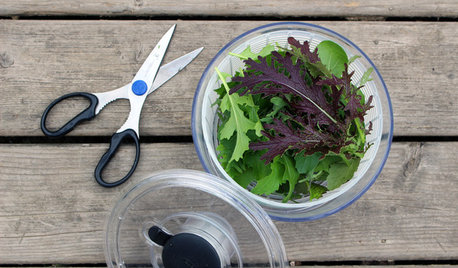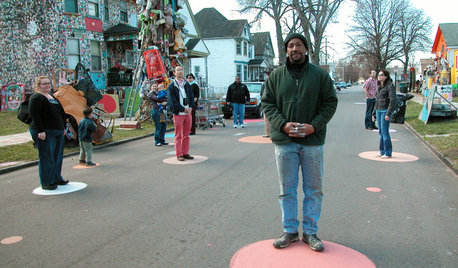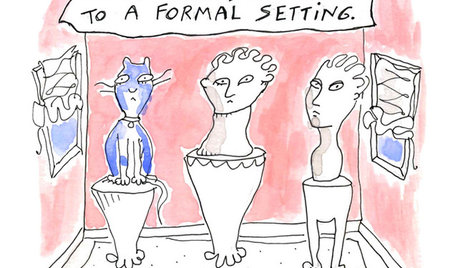Yard help!
danielle334
11 years ago
Related Stories

CURB APPEAL7 Questions to Help You Pick the Right Front-Yard Fence
Get over the hurdle of choosing a fence design by considering your needs, your home’s architecture and more
Full Story
FARM YOUR YARDThe 8 Tools That Help Bring the Farm to Your Table
Vegetable gardeners get a big assist from these essential helpers
Full Story
GARDENING GUIDES8 Unthirsty Plants Help You Save Water in Style
Spend less effort and money on your landscape with drought-tolerant and native plants that liven up your yard
Full Story
EARTH DAYHow to Help Your Town’s Beneficial Birds and Bugs
Make a habitat using local materials to provide a home to the creatures that help our gardens
Full Story
PETS6 Ways to Help Your Dog and Landscape Play Nicely Together
Keep your prized plantings intact and your dog happy too, with this wisdom from an expert gardener and dog guardian
Full Story
FUN HOUZZDecorated Houses Help Save a Detroit Neighborhood
Art's a start for an inner-city community working to stave off urban blight and kindle a renaissance
Full Story
DECLUTTERINGDownsizing Help: How to Get Rid of Your Extra Stuff
Sell, consign, donate? We walk you through the options so you can sail through scaling down
Full Story
MOST POPULAR7 Ways Cats Help You Decorate
Furry felines add to our decor in so many ways. These just scratch the surface
Full Story
LIFEYou Said It: ‘Put It Back’ If It Won’t Help Your House, and More Wisdom
Highlights from the week include stopping clutter from getting past the door, fall planting ideas and a grandfather’s gift of love
Full Story








JenicLawnCare
grass1950
Related Professionals
Essex Landscape Architects & Landscape Designers · Richmond Heights Landscape Architects & Landscape Designers · Saint Louis Park Landscape Architects & Landscape Designers · Sahuarita Landscape Architects & Landscape Designers · White Oak Landscape Architects & Landscape Designers · Aberdeen Landscape Contractors · Cudahy Landscape Contractors · Holtsville Landscape Contractors · La Verne Landscape Contractors · Leicester Landscape Contractors · New Providence Landscape Contractors · North Highlands Landscape Contractors · Vallejo Landscape Contractors · View Park-Windsor Hills Landscape Contractors · Wickliffe Landscape Contractorsdchall_san_antonio